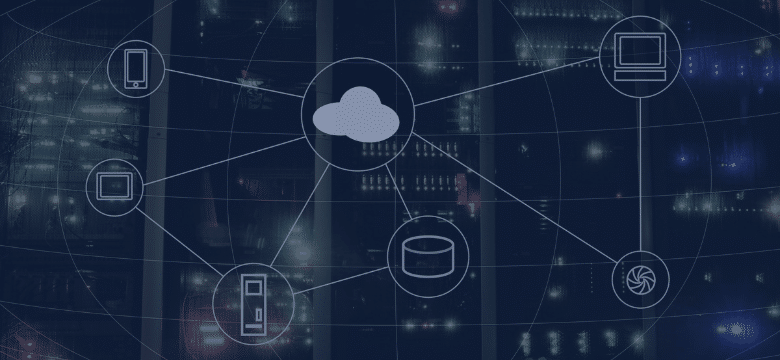








In today’s competitive business landscape, effective human resource management (HRM) is crucial for attracting, retaining, and nurturing top talent. However, managing HR processes manually or with outdated systems can be inefficient, error-prone, and resource-intensive. This is where HRM software comes into play, offering a comprehensive solution to streamline HR functions, optimize workforce management, and drive organizational success. However, with a multitude of HRM software options available, selecting the right one for your business can be a daunting task. In this article, we’ll explore essential considerations to help you make an informed decision.
You may like: The Role of Generative AI in HR Management
Before embarking on the software selection process, it’s crucial to clearly define your business needs and goals. Conduct a thorough analysis of your organization’s HR requirements, such as payroll processing, talent management, performance management, or applicant tracking. By identifying these needs, you can better evaluate which HRM software features and functionalities align with your specific objectives.
Once you’ve identified your needs, assess the features and functionalities offered by different HRM software solutions. Look for core HR functionalities like employee records management, leave tracking and benefits administration. Additionally, consider self-service portals that allow employees to access and update their information, as well as reporting tools for generating insightful analytics. Mobile accessibility is also becoming increasingly important, enabling HR professionals and employees to access the system from anywhere.
As your business grows, your HRM software needs may evolve. It’s essential to choose a solution that can scale seamlessly with your organization’s changing requirements. Look for software that can accommodate increasing employee numbers, additional modules, or customized configurations without compromising performance or usability. Furthermore, ensure that the HRM software can integrate seamlessly with your existing IT infrastructure, such as payroll systems, accounting software, or enterprise resource planning (ERP) platforms.
Implementing HRM software can be a significant investment, so it’s crucial to establish a realistic budget that accounts for software licensing, implementation costs, and any necessary hardware or infrastructure upgrades. Additionally, consider ongoing maintenance and support costs, as well as potential future upgrades or customizations. By thoroughly evaluating the total cost of ownership, you can make an informed decision that aligns with your budget and long-term financial goals.
HRM software handles sensitive employee data, including personal information, performance records, and compensation details. As such, data security and employee privacy should be top priorities when evaluating potential solutions. Ensure that the software complies with relevant data privacy regulations, such as the General Data Protection Regulation (GDPR) or the Health Insurance Portability and Accountability Act (HIPAA), and implements robust security measures like encryption, access controls, and regular software updates.
The success of an HRM software implementation heavily relies on user adoption and engagement. Choose a solution with an intuitive and user-friendly interface that caters to both HR professionals and employees. A well-designed UX can streamline workflows, reduce training time, and encourage active participation, ultimately maximizing the software’s value and return on investment.
Evaluating the vendor’s reputation is crucial when selecting HRM software. Research their track record of customer support, software updates, and responsiveness to user feedback. A reputable vendor with a strong commitment to customer success can provide valuable guidance during implementation, ongoing support for troubleshooting and optimization, and regular software updates to address emerging needs or security vulnerabilities.
You may like: Here’s what your business should know before choosing a HRM software
Once you’ve selected the appropriate HRM software, a smooth implementation process is essential to maximize its benefits. Key steps include data migration from existing systems, comprehensive user training for HR professionals and employees, and effective change management strategies to foster adoption and minimize disruptions. Collaborating with the software vendor’s implementation team or engaging experienced consultants can help ensure a seamless transition and optimize software utilization from day one.
Have a look at our HRM Solutions: Streamline Collaboration and Boost Productivity with iWorkspace: Your All-in-One Online Workspace
Choosing the right HRM software is a critical decision that can significantly impact your organization’s efficiency, productivity, and ability to attract and retain top talent. At ITC Group, we understand the complexities involved in selecting and implementing HRM software. Our team of experienced consultants can guide you through the entire process, from conducting a comprehensive needs analysis to evaluating software options, negotiating with vendors, and ensuring a smooth implementation. Contact us today to learn more about our HRM software solutions and take the first step toward optimizing your human resource management processes!
Stay ahead in a rapidly changing world with our monthly look at the critical challenges confronting businesses on a global scale, sent straight to your inbox.